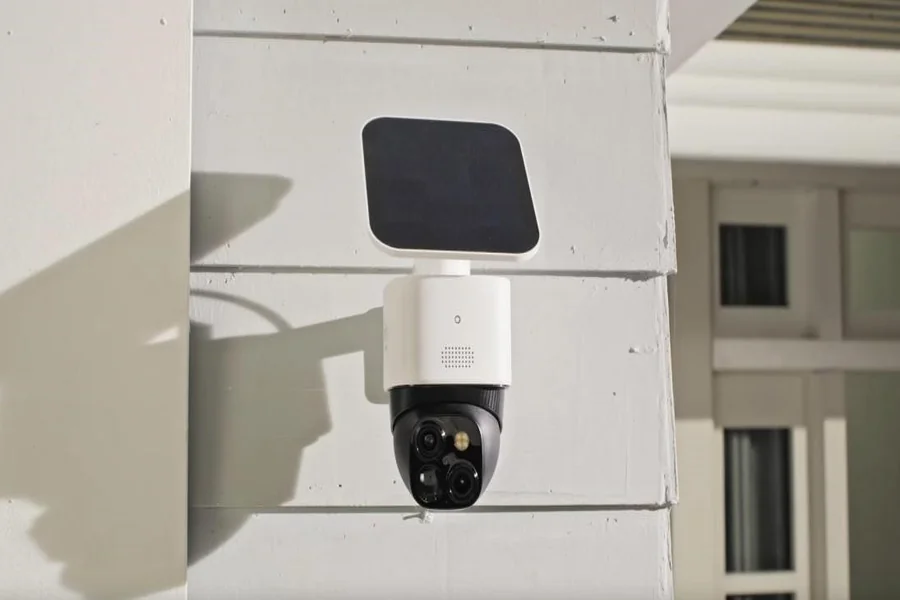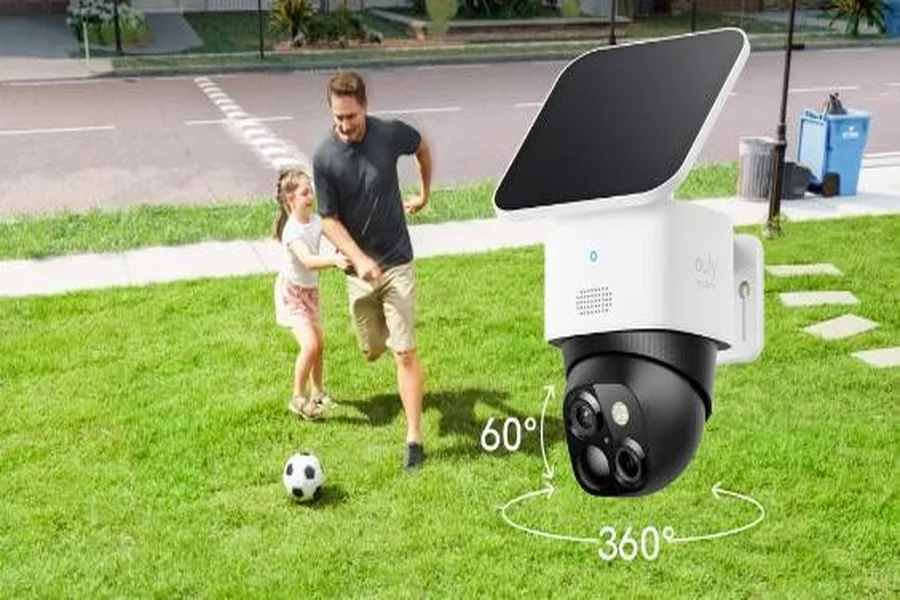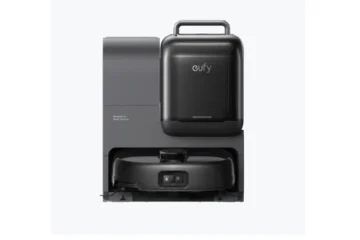PTZ (Pan-Tilt-Zoom) security cameras revolutionize surveillance by providing dynamic monitoring capabilities. Their ability to pan, tilt, and zoom ensures that you can observe wide areas and focus on details. These versatile cameras offer more than static surveillance; they actively enhance security by automatically tracking movements and integrating with smart systems. By employing advanced features, PTZ cameras make surveillance more efficient, reducing the need for multiple stationary units and giving operators remote control. Discover how PTZ cameras transform security practices.
Core Features Of PTZ Cameras
Pan, Tilt, and Zoom Mechanism
PTZ cameras use a sophisticated mechanism to capture comprehensive views by rotating horizontally (pan), vertically (tilt), and zooming in on subjects. This flexibility allows users to monitor vast areas or concentrate on specific details when needed. The controlled movement enhances surveillance effectiveness by reducing blind spots and optimizing the field of view, enabling thorough observation. With a PTZ camera, security operators can manage large spaces with precision, providing a significant advantage over traditional fixed-position cameras.
Optical Zoom Versus Digital Zoom
PTZ cameras often feature both optical and digital zoom capabilities. Optical zoom relies on the camera’s lens to magnify images without losing quality, making it ideal for capturing detailed views from a distance. In contrast, digital zoom enlarges the image digitally, which can result in pixelation and loss of clarity. Optical zoom is preferred for maintaining high-resolution footage, especially for identifying faces or license plates. PTZ cameras leverage optical zoom to bolster surveillance effectiveness and deliver clear, actionable imagery.
Remote Access And Control Options
One of the PTZ camera’s standout features is its remote access and control options. Users can operate these cameras from virtually anywhere through internet connectivity and compatible apps. This remote functionality allows security personnel to adjust positions, zoom levels, and settings from a central location or while on the go. Such flexibility enhances response times to incidents, as real-time adjustments and monitoring are facilitated without physical presence, ensuring continuous and reactive surveillance coverage.
Surveillance Benefits of PTZ Technology
Wider Coverage With Fewer Units
PTZ technology provides wide surveillance coverage by reducing the number of cameras needed to monitor a given area. Their ability to rotate and adjust views means a single PTZ camera can cover what might otherwise require multiple fixed cameras. This not only cuts costs but also simplifies installation and maintenance. Security systems become more efficient, and operators can focus on fewer units to achieve comprehensive area surveillance, reducing complexity and ensuring thorough oversight.
Auto-Tracking Moving Objects
Auto-tracking in PTZ cameras automatically follows moving objects within their field of view. When motion is detected, the camera locks on the subject and adjusts its pan, tilt, and zoom settings to keep the target centered. This functionality is crucial for monitoring dynamic situations, like tracking suspicious individuals or vehicles. Auto-tracking reduces the need for manual intervention and increases the likelihood of capturing important events and details, enhancing the overall security system’s responsiveness and reliability.
High-Detail Monitoring At Long Range
PTZ cameras excel in providing high-detail monitoring at long ranges, thanks to their advanced zoom features. Whether it’s daytime or nighttime, these cameras can capture sharp, detailed images from afar, ensuring crucial information is available when needed most. The ability to focus on distant subjects without losing image quality is invaluable for large outdoor areas, such as parking lots or perimeters. By delivering clear and precise details, PTZ cameras elevate the effectiveness of security surveillance.

Smart Integration And Automation
Motion Detection And Smart Alerts
Motion detection in PTZ cameras triggers smart alerts, notifying security personnel of suspicious activities in real-time. This feature enables rapid responses, as alerts are sent directly to integrated security systems, mobile devices, or monitoring stations. The automation of alert notifications means operators don’t have to constantly supervise the feed. Instead, they can rely on smart alerts to flag potential incidents, ensuring that proactive measures are taken promptly to enhance security readiness.
Patrol Scheduling And Preset Zones
PTZ cameras can be programmed with patrol schedules and preset zones, automating the process of monitoring pre-defined areas at specific times. Operators can set sequences where the camera pans, tilts, and zooms according to set intervals and locations, ensuring regular surveillance of critical zones. This feature enables consistent monitoring without manual adjustments, optimizing the security workflow and ensuring that high-risk areas receive regular attention even during operator absences.
Seamless VMS and Network Integration
Integrating PTZ cameras with video management systems (VMS) and networks enhances their functionality and efficiency. These cameras can be seamlessly connected to existing security infrastructures, allowing for centralized control and comprehensive data analysis. The integration supports recording, storage, and retrieval of footage, as well as advanced features like analytics and AI processing. This synergy ensures that PTZ cameras contribute to an intelligent, connected, and responsive surveillance ecosystem.
Conclusion
PTZ camera security cameras offer transformative benefits for surveillance systems. Their pan-tilt-zoom capabilities, when paired with smart technology and integration, provide comprehensive, efficient coverage. The ability to track and zoom with precision reduces the need for multiple stationary units, enhancing overall efficiency and maximizing coverage in large areas. As they continue to evolve, PTZ camera solutions represent a forward-thinking way to adapt to modern surveillance challenges, ensuring safety, security, and peace of mind in various settings.




